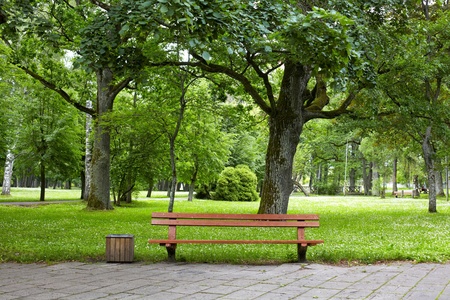St. Paul Building ‘Luxury’ Habitats for Bees
October 09, 2017
Bee Colony Collapse, Honey Bees
While hives are what most people think of when they imagine “bee habitats,” residents of St. Paul, Minnesota are bringing new meaning to the term. As a way of combating further habitat loss, as seen by Minnesota’s 400 various native bee species every year, artists from a local establishment called Public Art St. Paul are working with entomologists and other bee researchers to create “luxury” bee habitats, tailored specifically for solitary, native bees. This project, Bee Real Bee Everywhere, will mount three, 9-foot-tall structures, similar to high-rise apartments, on numerous walking trails throughout the city.
Christine Baeumler, one of the artists involved, says that even though these bee habitats won’t provide shelter for all bees in need of them, she believes they can at least create further awareness for native bee populations. “Unless we change our larger landscaping practices, this is just a Band-Aid,” Baeumler said, who also clarified she’s committed to making functional art projects—even if that function is only education. “There is a lot of attention to honey bees, and it’s important…but as an environmental artist, I work on restoring urban ecosystems. To have diverse and native ecosystems in our landscapes, we really need those native bees as well.”
In the Midwest, per several studies, it’s said that more than half of its native bees has largely disappeared—a problem considering they can pollinate plants like tomatoes and blueberries that honey bees can't. “It’s hard to be a bee right now,” said Erin Rupp, the founder of the advocacy group Pollinate Minnesota, which led efforts pushing Gov. Dayton to sign legislation in August that required numerous agencies, such as the Natural Resources Department, to prioritize protections for pollinators. Rupp also said Pollinate Minnesota is investigating methods farmers can use to ensure good corn yields but without neonicotinoid pesticides, which are now famous for their links to bee decline.
Baeumler stated that even for individuals who are being mindful of pollinators, doing so can be a challenge. “You go to Home Depot and buy a plant that says, ‘pollinator friendly’ and then find out it has neonicotinoids in it,” she said. Even with the challenges present, the state of Minnesota continues to be more bee-friendly compared to other states, with 26 municipalities adopting resolutions against neonicotinoids.
With this statewide attitude toward protections for pollinators, the Bee Real Bee Everywhere project has had much backing from the state’s parks department. According to Baeumler, when the bee habitats have been erected, her team plans to analyze how the habitats are doing and which creatures live there. They’ll then decide the next move, whether it’s installing additional smaller habitats through private yards or building their awareness and education efforts.
Copyright: magone / 123RF Stock Photo


.jpg)



